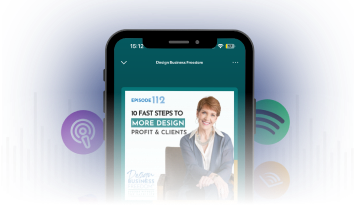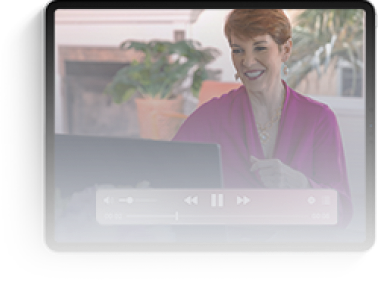6 Interviewing Tips and Tricks for Design Hires that Stick
Hiring the right person for your interior design team can be a daunting task, especially when you want to ensure they are a perfect fit for your business. The interview process is your opportunity to dig deep and discover if a candidate has what it takes to thrive in your creative environment. This post will explore key interviewing strategies for design firms to help you make hires that stick and contribute positively to your team’s success.
1. Go Beyond the Usual Questions
While it’s essential to ask about a candidate’s experience and education, you’ll gain much more insight by asking unexpected questions that reveal their personality and thinking process. One of the most effective interviewing strategies for design firms is to consider these questions:

What’s your favorite vacation destination? This helps ease the candidate into the interview and allows you to see how they communicate when relaxed.
What are your favorite design tasks? Understanding what they enjoy will help you align their strengths with your business needs.
What is your one-year, three-year, and five-year career plan? This question gives insight into their ambitions and whether their goals align with your business’s future.
2. Research Your Candidates Online
Before scheduling an interview, take the time to research your candidates online. Check their social media presence on platforms like LinkedIn, Instagram, Facebook, and even Twitter. Their online activity can provide valuable insights into their professionalism, interests, and whether they might be a cultural fit for your team.
3. Start with a Zoom Interview
Conduct an initial interview via Zoom. This can save you time and give you a sense of the candidate’s professionalism in a virtual setting. This step is a key component of interviewing strategies for design firms. It helps you assess their punctuality, communication skills, and overall demeanor before inviting them for an in-person interview.
4. Ask Open-Ended and Scenario-Based Questions
To gauge how a candidate might handle real-world challenges, ask open-ended questions and present hypothetical scenarios. This approach is central to effective interviewing strategies for design firms:
Describe a situation where you had to resolve a conflict. This reveals their conflict resolution skills and how they manage stress.
Discuss a situation where you made a mistake or failed. This helps you understand their resilience and ability to learn from errors.
Describe your ideal work environment. Their response will tell you whether they’ll thrive in your business setting.
5. Pay Attention to the Little Things
During the interview, observe small details about the candidate’s behavior. Paying attention to these subtleties is one of the interviewing strategies for design firms that can make a big difference:
Are they focused and mindful during the conversation? Distractions during an interview can be a red flag.
How do they react to pauses in the conversation? Allowing moments of silence can give you insight into their thoughtfulness and ability to handle uncomfortable situations.
6. Onboard with Care
Once you’ve made your hire, onboarding is crucial to their success. Create a clear plan for their first week, first month, and first 90 days. Set milestones and regularly check in to monitor their progress. Onboarding with care is one of the final interviewing strategies for design firms to ensure that new hires integrate smoothly into your team.
Key Takeaway
Hiring the right people is essential for the growth and success of your design business. By asking the right questions, doing thorough research, and paying attention to small details, you can increase the likelihood of making hires that stick. Remember, implementing effective interviewing strategies for design firms is not just about evaluating candidates—it’s also about setting them up for success from the start.
If you’re ready to increase your interior design practice profits, work exclusively with ideal clients, and enjoy the time and resources for your extraordinary life, explore your coaching options. We’ve got your back in the business of interior design.





